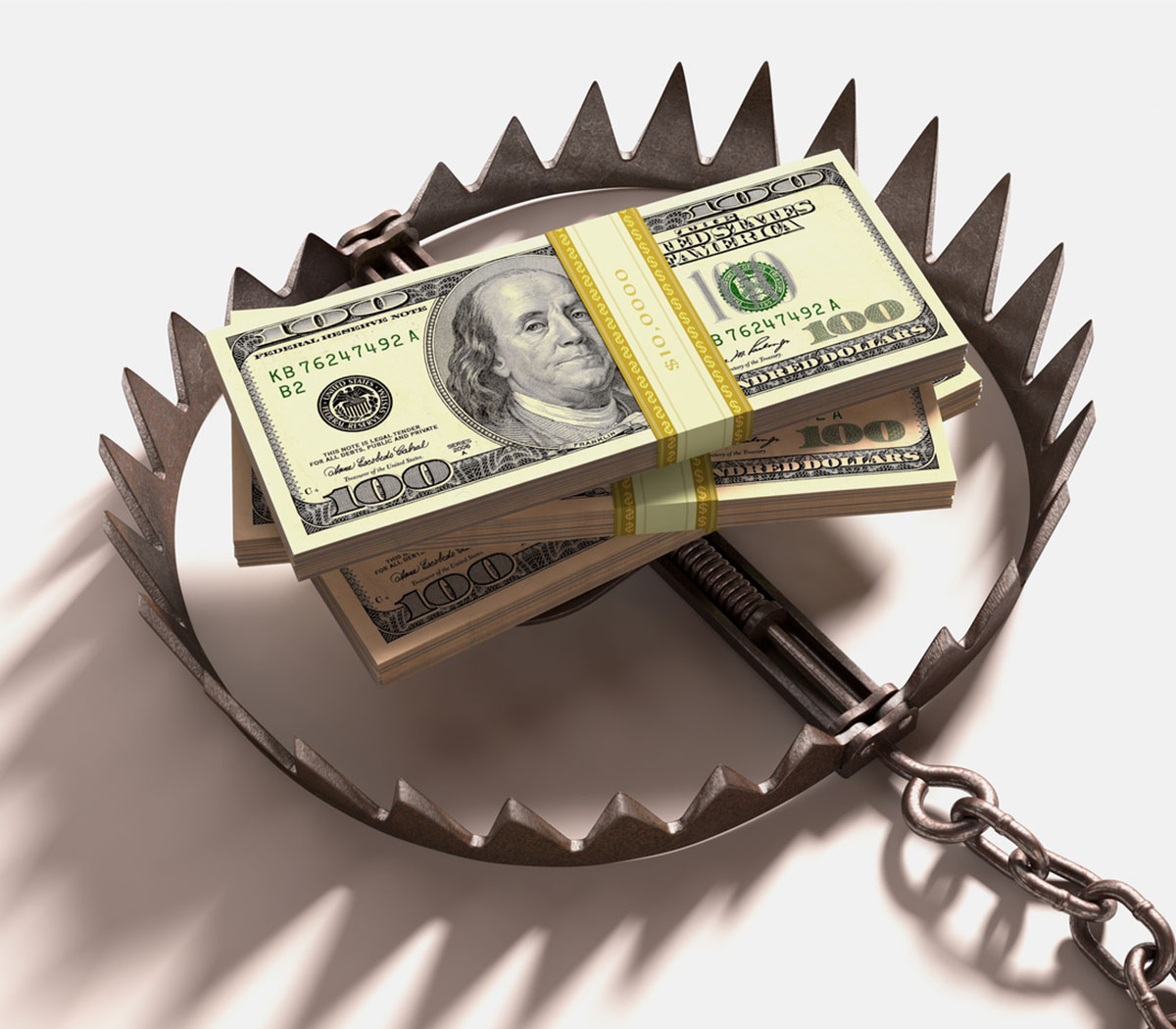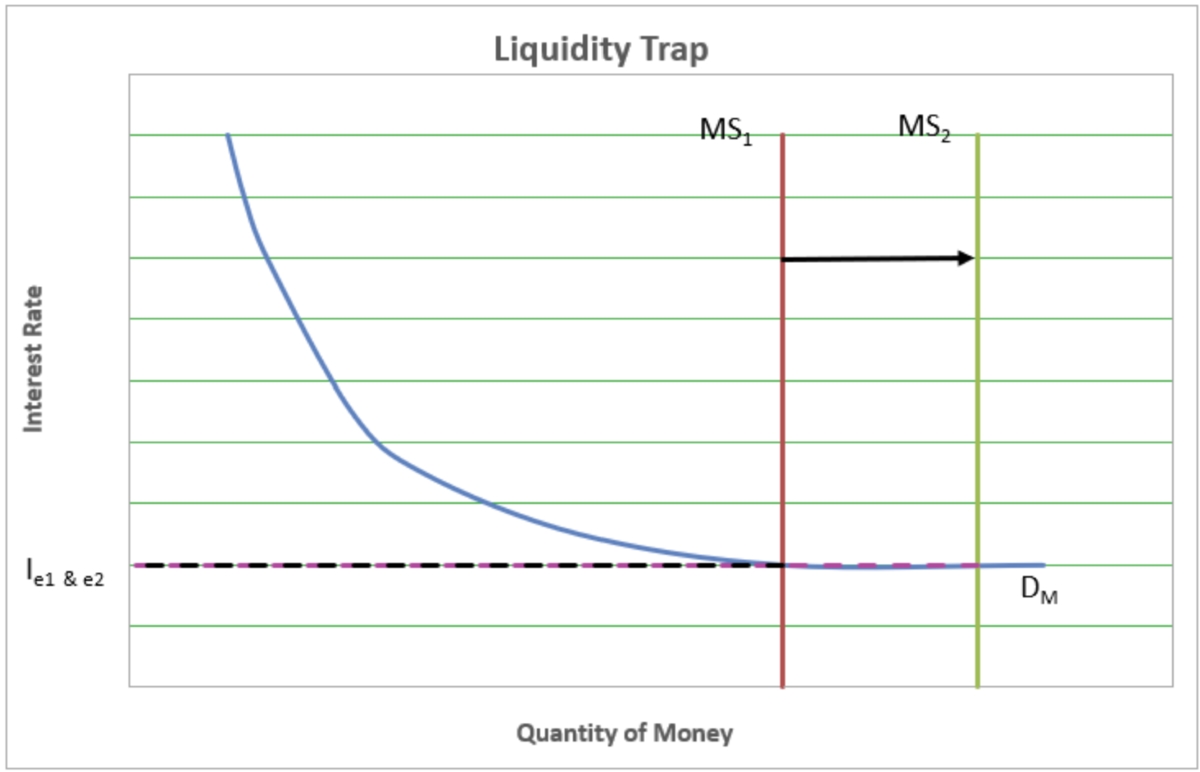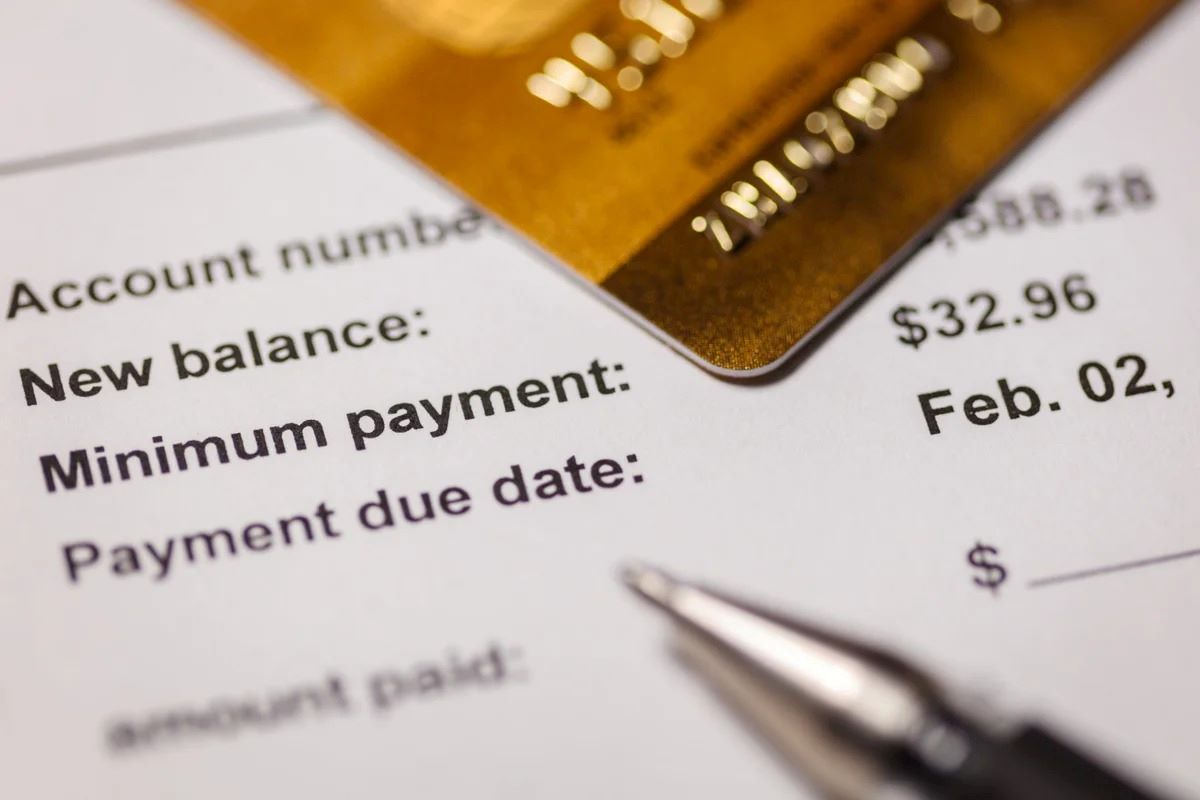

Finance
Lobster Trap Definition
Published: December 19, 2023
Learn the meaning of lobster trap in finance and how it impacts investment strategies. Discover the key elements and principles behind this intriguing concept.
(Many of the links in this article redirect to a specific reviewed product. Your purchase of these products through affiliate links helps to generate commission for LiveWell, at no extra cost. Learn more)
Why Understanding the Lobster Trap Definition is Essential for Your Finance Journey
When it comes to navigating the complex world of finance, knowledge is power. And one key aspect that every finance enthusiast should understand is the lobster trap definition. Wait, lobster trap? Yes, you read it right! The lobster trap is not only a tool used by fishermen; it also has an intriguing application in the financial realm. In this blog post, we will unravel the lobster trap definition and explore its significance in personal finance strategies.
Key Takeaways:
- The lobster trap is a financial concept that describes a situation where an individual in debt gets trapped, struggling to break free from their financial obligations.
- Understanding the lobster trap definition is crucial for devising effective strategies to overcome debt and achieve financial freedom.
So, what exactly is the lobster trap definition in the context of finance? It refers to a scenario where an individual finds themselves in a cycle of mounting debt, unable to extricate themselves from their financial obligations. Similar to a lobster being lured into a trap, individuals fall into this predicament through various means such as overspending, taking on excessive loans, or relying heavily on credit cards without a solid repayment plan.
Being caught in the lobster trap can be a stressful and overwhelming experience. However, it is important to remember that there are ways to escape this financial entanglement. Here are some strategies that can help:
- Create a budget: Start by assessing your current financial situation and creating a budget that aligns with your income and expenses. This will help you gain clarity on where your money is going and identify areas where you can cut back.
- Develop a debt repayment plan: Prioritize your debts, focusing on the ones with the highest interest rates. Consider consolidation or negotiating with creditors to reduce interest rates or payment amounts.
- Build an emergency fund: Set aside some money each month as a safety net for unexpected expenses. This will help you avoid relying on credit cards or loans during emergencies.
- Seek professional advice: If you find it challenging to navigate your way out of the lobster trap on your own, don’t hesitate to seek help from a financial advisor. They can provide tailored strategies and guidance to help you regain control of your finances.
Remember, escaping the lobster trap requires discipline, patience, and a willingness to make the necessary changes in your financial habits. By implementing these strategies and staying committed to your goals, you can gradually break free from the clutches of debt and pave the way towards financial freedom.
So, the next time you come across the term “lobster trap,” don’t just think of it as a fishing tool. Instead, recognize its significance in the world of finance, and use that knowledge to empower yourself on your finance journey.














